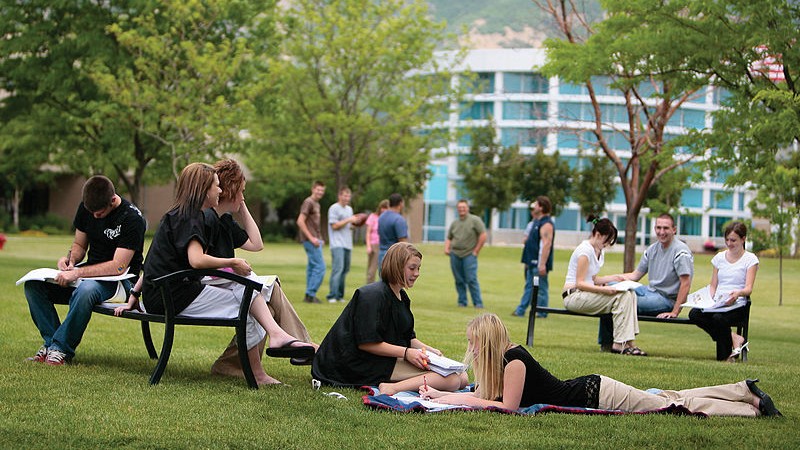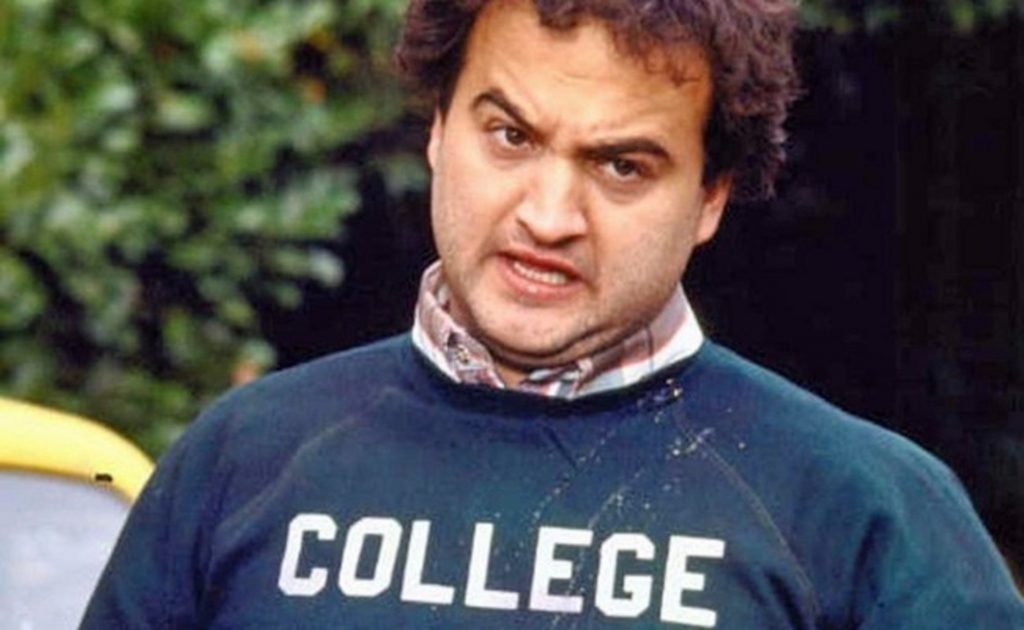College Enrollment Declines Likely Here To Stay
Experts believe that the growing number of college enrollment declines are irreversible, following years of enrollment drops.

Support for traditional higher education institutions is down. Despite reopening after the pandemic, and hopes that enrollment numbers would regain previous rates, college enrollment continues to decline and is likely to remain on this path. There are many factors that have led to this situation, which range from pandemic protocols to the state of the economy and growing interest in alternatives to costly college degree programs.
Many universities experienced a drop in college enrollment during lockdowns as they went to virtual learning, and then imposed strict mandates which required students to wear masks and/or take the new COVID-19 vaccine to qualify for in-person classes. During the pandemic, college enrollment dropped 9.4%. Students and families who opposed excessive restrictions on socialization and student interactions — well after it was reported that children and the general population were not at much risk of being killed or harmed by the virus — sought other options. Instead of paying thousands of dollars to be isolated they simply did not enroll.
The cost of higher education has been a major concern for parents and students for years, especially as universities have grown more political over time. Instead of teaching unbiased information and encouraging critical thinking, many colleges have pushed one-sided political ideologies and even allowed students who disagree to be persecuted. While this may have served them in the short-term, the long-term effects are proving to be damaging to college enrollment rates, being that many are questioning the validity of universities that promote division over education.
Furthermore, this creates doubt as it is also partnered with a failing economy that is experiencing high inflation rates. This has also caused tuition and student loan interest rates to increase. Considering these obstacles, many students are not willing to risk their futures on institutions which are more focused on politics than teaching life skills and proper career training. All of this is is signifying that college enrollment declines are here to stay.
Community colleges have witnessed enrollment rates drop the most, but trade schools are welcoming more and more students. Instead of having to sit through cornerstone classes and spend money on electives that have nothing to with their area of interest, students have realized that learning a trade is quicker, cheaper, and often hosts the potential to earn more after finishing their program. Some lawmakers have recognized the benefits of hands-on training and introduced student-work programs, and even removed college requirements from some state job positions.
College enrollment used to be something families pushed for, but over time universities have grown to require more courses at higher costs which don’t offer enough returns for students to benefit from. Some degree programs offer very little real-world career potential. Now, after pandemic protocols shut schools down and harmed a prosperous economy, alternative options have proven to provide steady work with substantial pay, even during a national state of emergency.

Taking everything into account, the drop in college enrollment displays the goals of the next generation. Instead of pandering to academia in order to obtain a degree which may or may not offer future successes, young adults are finding fulfillment by seeking out opportunities that deliver quicker. How universities adjust depends on how they change with the shifting interests of the students they wish to serve, but they are not likely to see an increase in enrollment any time soon.



